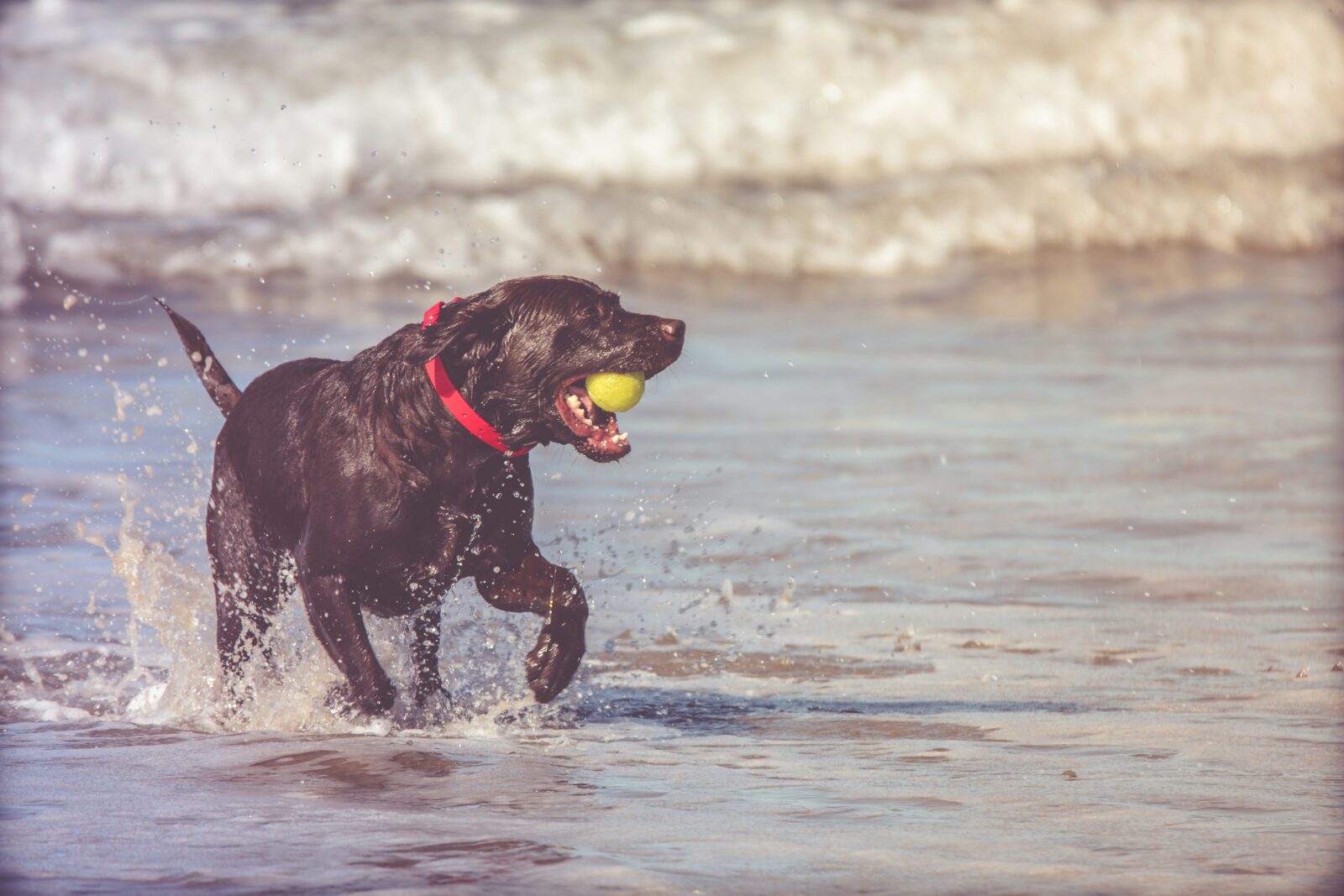As many people transition back to the office after a period of working from home, it’s important to consider how this change impacts your dog. While you may be excited to return to a structured work environment, your furry friend might face challenges adjusting to being alone for longer periods. Proper preparation can help ease the transition for both you and your dog, minimizing stress and ensuring a smooth adjustment period. Here’s a comprehensive guide on how to prepare your dog for your return to work.
1. Gradual Adjustment to Alone Time
One of the most important steps in preparing your dog for your return to work is gradually increasing the amount of time they spend alone.
1.1 Start with Short Absences
- Practice Short Departures: Begin by leaving your dog alone for short periods while you are still at home. Gradually increase the duration as your dog becomes more comfortable being alone.
- Use a Timer: Set a timer for short periods and reward your dog when you return. This helps them understand that you will come back and reduces anxiety associated with your departure.
1.2 Simulate Your Work Routine
- Mimic Your Work Schedule: Create a routine that mirrors your workday, including getting dressed for work and leaving the house at regular intervals. This helps your dog get used to the new routine.
- Establish Consistent Departures and Arrivals: Be consistent with your departure and arrival times to help your dog build a sense of predictability and security.
2. Create a Comfortable and Safe Environment
A well-prepared environment can make a big difference in how your dog copes with being alone.
2.1 Set Up a Cozy Space
- Designate a Safe Area: Create a comfortable space for your dog to relax while you are away. This could be a cozy bed or crate in a quiet area of your home.
- Provide Entertainment: Keep your dog occupied with toys, puzzle feeders, or interactive games that can help alleviate boredom and anxiety.
2.2 Ensure Safety
- Dog-Proof Your Home: Remove any items that could be hazardous to your dog, such as small objects they could choke on or electrical cords they could chew.
- Comfort Items: Leave an item with your scent, such as an old t-shirt, to provide comfort and reassurance while you are away.
3. Maintain a Consistent Routine
Consistency is key to helping your dog adjust to being alone and establishing a stable routine.
3.1 Stick to Regular Feeding Times
- Establish a Feeding Schedule: Keep feeding times consistent to help your dog feel secure and maintain a sense of normalcy.
- Consider Automated Feeders: If you are concerned about timing, consider using an automated feeder to ensure your dog’s meals are provided on schedule.
3.2 Regular Exercise and Play
- Provide Daily Exercise: Ensure your dog receives adequate physical exercise before you leave for work. A long walk or play session can help tire them out and reduce anxiety.
- Interactive Playtime: Incorporate interactive play and training sessions into your daily routine to keep your dog mentally and physically stimulated.
4. Introduce Alone Time Gradually
Gradual introduction to being alone helps your dog adjust more smoothly to your new schedule.
4.1 Use a Gradual Approach
- Short, Increasing Absences: Gradually increase the length of time you are away from home. Start with 10-15 minutes and gradually extend the time as your dog becomes more comfortable.
- Monitor Behavior: Observe your dog’s behavior during these practice sessions. Look for signs of anxiety or distress and adjust the duration as needed.
4.2 Encourage Independence
- Promote Self-Sufficiency: Encourage your dog to spend time alone in their designated space while you are at home. This helps them learn to enjoy their own company.
- Use Training Techniques: Reinforce positive behavior with treats and praise when your dog remains calm and relaxed during your absences.
5. Address Separation Anxiety
For dogs with separation anxiety, additional strategies may be needed to help them adjust to being alone.
5.1 Consult a Professional
- Seek Professional Help: If your dog shows severe signs of separation anxiety, consider consulting a professional dog trainer or behaviorist who specializes in anxiety issues.
- Explore Treatment Options: Professional guidance can provide tailored strategies and techniques to address your dog’s specific needs and reduce anxiety.
5.2 Use Anxiety-Reducing Tools
- Comfort Products: Consider using anxiety-reducing products such as calming vests, pheromone diffusers, or soothing music to help your dog feel more at ease.
- Desensitization Techniques: Gradual desensitization and counter-conditioning can help your dog become more accustomed to being alone and reduce anxiety over time.
6. Plan for Your Dog’s Needs During the Day
Making arrangements for your dog’s care while you’re at work ensures they remain well-cared-for and content.
6.1 Consider a Dog Walker or Pet Sitter
- Hire a Dog Walker: Hiring a dog walker to visit your home during the day can provide your dog with exercise, companionship, and a bathroom break.
- Pet Sitting Services: A pet sitter can offer more personalized care and attention, including playtime and feeding, to help break up your dog’s day.
6.2 Explore Doggie Daycare
- Evaluate Daycare Options: If you’re away for extended periods, doggie daycare can provide socialization, exercise, and enrichment for your dog.
- Trial Visits: Arrange for trial visits to ensure the daycare environment is safe, clean, and suitable for your dog’s needs.
7. Prepare for the First Day Back
The first day you return to work may be challenging for both you and your dog. Preparation can help ease the transition.
7.1 Plan a Smooth Transition
- Short Absences Initially: On your first day back at work, consider starting with a shorter workday or half-day to ease your dog into the new routine.
- Gradual Departure: Avoid sudden departures. Instead, gradually increase the time you spend away to help your dog adjust.
7.2 Reinforce Positive Behavior
- Celebrate Successes: Reward your dog with treats and praise for calm behavior when you return home. This reinforces their ability to cope with being alone.
- Maintain Routine: Stick to your established routine to help your dog feel secure and accustomed to the new schedule.
Conclusion
Returning to work after a period of working from home presents unique challenges for both you and your dog. By preparing your dog with gradual adjustments, creating a comfortable environment, maintaining a consistent routine, and addressing any anxiety, you can help ensure a smooth transition for your furry friend.
Planning ahead and making thoughtful adjustments can make the return to the office less stressful and more manageable for your dog. With patience, preparation, and a bit of extra care, both you and your dog can successfully navigate this new chapter together.











Leave a Reply